Ten and more things to know before visiting Dublin
Recommendations, curiosities, things to do, to see and to know before visiting Dublin!
1. Climate
Despite the overall increase in temperatures on the globe, in Dublin is on average always cold. The maximum temperatures are 20-22 degrees, in August, and 8-10 in winter.
2. The North and South
The Liffey river divides the city into two zones: the north, Northside, and the south, Southside. Historically the two areas represent two different Dublin: in the north there are the popular neighborhoods, while in the other side there are the middle-class residential districts. Although some of the richest areas are in the north side: Howth, Malahide and Castleknock.
3. Guinness 1
The Guinness Book of World Records is so named because its creator, Sir Hugh Beaver, was the managing director of the Guinness Brewery. In 1951, during a hunting expedition, Sir Beaver began arguing with another hunter about what was the fastest European bird: it was the golden plover or the partridge? Here-hence the idea of a book about records.
4. Guinness 2
In 1759 Sir Arthur Guinness leased the premises of the brewery in St James for 45 pounds a year. Even today the price is that because the lease is valid for 9000 years!
5. Mocked statues
The Dubliners have given various nicknames to some statues in the city. The statue of Molly Malone on Grafton Street is called “the tart with the cart”; the statue that represents the Shannon River is called “the Floozie in the Jacuzzi ”; while the statue of James Joyce on O’Connell Street is nicknamed “the Prick with the stick”.
6. Interactive Medieval Dublin
Dublinia is an interactive exhibition that allows customers to know how was the city during the Middle Ages, between 1150 and 1550. Made in the Christ Church Cathedral, the medieval city was rebuilt in natural measure and thanks to different installations and audio guides, allows to enter in relationships with customs, traditions and gastronomy of Dublin of thousand years ago.
7. Public transports and macabre places
Getting around Dublin by public transport is simple and also inexpensive if you use the special passes for tourists. In Dublin there is no subway, but road and rail transport: for tourists there is the Dublin Ghost Bus Tour, which leads in the localities where rove Dracula, the character invented by the Irish Bram Stoker.
8. Eating in Dublin
Restaurants, fast foods, traditional locals and pubs. Eating in Dublin is not a problem even if generally it is not very economical. To get into the spirit of the city you should try a plentiful breakfast with sausage, egg and bacon, light lunch with snacks, dinner based on lamb, beef or seafood, especially mussels or oysters; the whole accompanied with black buttered bread..
9. Euro and ATMs
In Ireland it is possible to use the euro, the use of credit cards is widespread (almost all the shops and department stores accept all major credit cards) and it is possible to withdraw with the Cirrus and Maestro cards. The Bank of Ireland is in Trinity College.
10. Language
The official language is English, although the pronunciation is a bit more closed than the original. But Ireland is bilingual since 1921: the second official language is Gaelic, spoken in Dublin, but much more in some rural areas and counties in the south of Ireland.
11. Smokers
Smoking is poorly tolerated and definitely prohibited in public places. Furthermore, cigarettes cost very much. For those who could not stay without smoking is advisable to take a stock from Italy.
12. Staying in Dublin
If you’re looking for hotels in Dublin, you can be sure you’ll find what you need thanks to the wide choice of accommodation the city boasts. Luxury hotels in Dublin are on the Liffey River, in Temple Bar and in the Trinity College areas. It is also possible to sleep in a cheap hotel in Dublin: in the area of St. Stephen’s Green. Indeed, several B&Bs and hostels spread throughout the city. Might be a nice experience to sleep in a Guest House, renovated Old houses, often family-run and more informal than hotels.
13. Twinning
Dublin is twinned, among the other things, with Rome.
Photo of the statue of Molly Malone by informatique

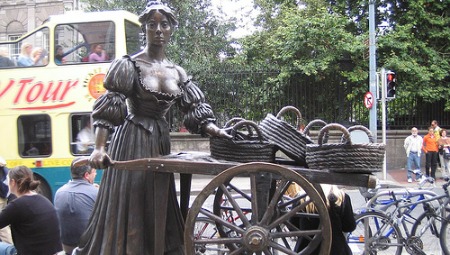
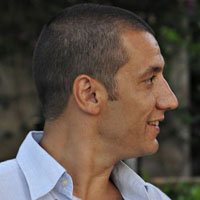
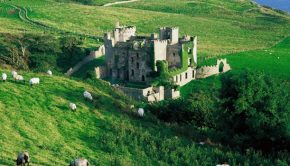
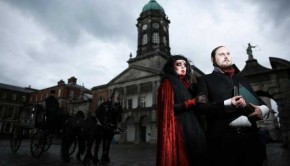
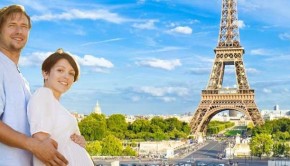
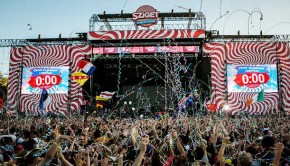





3 Responses to Ten and more things to know before visiting Dublin